 |
|
| Issue #144 • November/December, 2013 |
It’s hard to get anything done around the homestead if you’ve got an ailing back. I’ve had an ailing back for about 40 years, but between issues, after another debilitating encounter when my back went “out,” I discovered a solution to put it back “in” that is far more permanent than my previous 40 years worth of attempts. Not only that, it is the model of self-reliance and it is free once you learn the technique.

Foam lumbar rolls help maintain the back’s lordosis. The small one is for sitting, the long one for sleeping.
It’s called the McKenzie Method, and it’s been around for almost as long as my back has been ailing, especially in New Zealand where Robin McKenzie practiced physiotherapy, specializing in spinal disorders and musculoskeletal problems. In 1980 he first published the book Treat Your Own Back, which is a self-help guide to relieving back pain caused by various spinal misalignments and over-stretched ligaments.
Why I never encountered this treatment method until now is a mystery to me, but better late than never I suppose. If you’ve got chronic back pain and are tired of dumping money into chiropractic adjustments that typically give only temporary relief, or are contemplating surgery that your doctor is not sure will cure your problem, you’re going to love the McKenzie Method. It teaches you how to help yourself through proper posture and specific “extension” exercises that nudge your spinal column back into proper alignment so your back can heal. Continuing the good posture and the extension exercises after you are healed will help keep your back from going out again.
“Extension” is the key word here. Throughout my history of back pain, I’ve used “flexion,” that is, stretching my back forward to relieve back pain. Extension is the opposite of what I and most other back pain sufferers have done for years. This article will tell you why extension exercises are more effective for the majority of ailing backs, and it will show you how to do the exercises that helped my back.
As always with medical advice, before using these exercises it’s best to get evaluated by a competent physical therapist familiar with the McKenzie Method. These therapists are getting easier to find, as the McKenzie Method is gaining in popularity among physical therapists in the U.S. You can also find good information and therapists at www.mckenziemdt.org.
My discovery of the McKenzie Method came after a trip to the emergency room at Samaritan Hospital in Corvallis, Oregon, where I had been working on this issue with my daughter, Managing Editor Annie Tuttle. My back had gone “out” on the left side the previous week and my pain had gotten progressively worse, finally going into my left hip and left groin area. I had gone to the chiropractor, as usual, but his manipulations gave only temporary relief, lasting about an hour after each visit. I also got an hour-long professional massage, and that offered more temporary relief.
The pain became so severe on a Sunday morning that I thought my body was trying to pass a kidney stone, which I’ve had the misfortune of doing three times previously in my life. So off to the ER I went, begging for relief. But after a welcome dose of intravenous pain medication, a CT scan pointed to a bulging disc as the culprit. I was referred to physical therapy at Samaritan Hospital Rehabilitation Services, where their enlightened physical therapists had already adopted the McKenzie Method as their primary tool to treat back pain.

Practice correct sitting posture by sitting on a stool (or sideways on a chair with a back) and go through these steps: 1) slouch 2) slowly raise to an extreme of good posture, accentuating the lordosis, and hold for two or three seconds. 3) lessen the strain to achieve the correct sitting posture. Do this 15 times, 3 times a day until you can sit correctly with relative ease.
My main physical therapist at Samaritan was Nathan Smith, one of only two certified McKenzie Method therapists in Corvallis. The other is his wife. I ended up at the right place with the right person at the right time.
Within a half hour of my first session at Samaritan, I began to feel relief. But what surprised me was the relief came from the “extension” exercises, which I had never encountered before.

The half push-up. It’s as simple as it looks. Keep the pelvis in contact with the floor if you can. If you cannot, allow it to relax so it sinks as low as possible. Do the half push-up slowly and hold at the top for two seconds. To drop the pelvis even lower, breathe out at the top. Start with 10-15, four to six times a day. Now that my back is healed, I do 20, twice a day, to remain healed. A side benefit is I lost two inches off my waist.
Nathan explained that flexion (bending forward) would indeed reduce my pain because it will stretch the back muscles away from the offending nerves, but it would only be temporary relief and it would not solve the underlying mechanical problem, which he said was overstretched ligaments and a bulging disc causing pressure on nerves. In my case, the sciatic nerves were involved, causing pain in my left back, hip, and groin, and shooting it down my left leg.
The idea, Nathan said, is to encourage the bulge in the disc to migrate back between the vertebrae by opening up the front of the vertebrae through extension, then allowing the ligaments and torn tissues to heal. He cautioned me not to do any forward bending during the expected two or three weeks it would take for my back ligaments to heal. Later, after healing, I could do both extension and flexion exercises to increase my range of motion and strengthen my back muscles overall.
During my healing process, Nathan said I should read McKenzie’s book, Treat Your Own Back. Much of this article is based on that excellent book, and if you are a chronic back sufferer like me I encourage you to go on Amazon.com and buy it for a few dollars. It will save you thousands of dollars in unnecessary chiropractic adjustments, doctors visits, and avoidable pain.
Before I get into the exercises to help heal the back, let’s look at some of the reasons a back gets injured in the first place.
Most back pain occurs in the lower back. Sometimes it is the result of an injury involving a sudden overstretching of the ligaments, but most back pain is caused by improper posture that overstretches and weakens the ligaments over time. In teenagers, back pain is usually easy to remedy by teaching them how to walk and sit properly. My son, Sam, often slouches when he sits, with his butt at the front of the chair and a big space between it and the back of the chair, so he often complains of back pain. After watching my latest bout with severe back pain, he’s begun to sit more upright and has experienced less back pain.
As we get older, we’ve often weakened our lower back ligaments by habitually overstretching them through improper bending or poor posture, and we’ve created a back that is more prone to injury. So we suffer from chronic bouts of back pain, as I have for many years. Sometimes, as in my most recent episode, the ligaments are so stretched that a disc between the vertebrae moves, bulging to one side or the other, causing severe pain.

The lower back muscles need to relax, so stay in this position for a couple of minutes. Assume this position whenever you need a break from the other exercises.
Maintaining the lordosis
A key to this whole process of recurring lower back pain is whether or not we consistently maintain the lordosis, which is that hollow in the lower part of the back that is normally present if we are standing and walking with correct posture. This natural lumbar curve acts like a shock absorber for the spine. If it is too often lost, for example, from frequently bending forward or sitting for too long in a slouched position, the ligaments become too stretched, sometimes to the point of damaging surrounding soft tissues. Once the soft tissue is damaged, pain will be present until the tissue heals.
Much of the healing process for a painful back involves purposefully maintaining the lordosis, in other words, by practicing correct posture while standing, walking, sitting, and even sleeping. We supplement correct posture with extension exercises designed to allow the tissues to heal and the ligaments to stop overstretching.
Proper standing and walking posture is similar to how military personnel are taught to stand and walk: stand tall, chest out, abdomen and butt in. Keep a mild (not an exaggerated) lordosis in your lower back.
Proper sitting posture is achieved with the aid of a lumbar roll behind you to help maintain a lordosis in the lower back. Sit tall, no slouching. Sitting is typically hard on the lower back, so it is advisable to get up often and do a couple of “standing extension” exercises (shown on facing page), plus walk around a bit. Long car rides are especially hard on backs so you should stop every hour or so and do standing extensions and walk a little.
It is recommended you sleep on your back, with a lumbar roll under your lower back to maintain the lordosis even while you sleep. Do not sleep curled up in a fetal position during the healing phase of a lower back problem because it works against what the extension exercises are trying to do. Once healed, sleeping on your side is okay so long as you have a lumbar roll tied around your waist. (These are more comfortable than you think.)

This is a preparation for the half push-up, shown next. Do several of these, staying on your elbows. Stay a minute or two each time until you feel confident in going to the half push-up. Then lie down for a few moments before commencing the half push-ups. I get a lot web surfing done during this exercise.
Extension exercises
Once the back is injured, doing the following extension exercises will help it heal. I’ll illustrate only the extension exercises I used to heal my back. They will apply to most people, but McKenzie’s book has others that may benefit you. The exercises are working if your pain moves first to the center of the back, then lessens gradually each time you do them. Do the exercises slowly and smoothly, as the back does not like jerky movements. If these exercises cause you pain, stop doing them and consult a McKenzie therapist to see which exercises you should do.
Myths about back pain

Do these “standing extensions” throughout the day whenever you rise from sitting, whenever your back feels a bit tight. I do them before I swing a golf club and often while walking the course.
There are several myths associated with back ailments and treatment, according to McKenzie. They include:
1) Frequent manipulation via chiropractors is necessary to maintain back health. In most cases this is false. Not only that, it creates dependence and sometimes can be counterproductive. Spinal manipulation by a chiropractor or osteopath is necessary in only a handful of severe cases.
2) Ultrasound treatment and electrical muscle stimulation is beneficial to back pain. This widely used treatment option has no supporting scientific evidence.
3) Back pain is caused by inflammation. This is generally false, although inflammation does occur in certain situations. Back pain is almost always caused by a mechanical misalignment, such as a disc displacement or sprained ligaments around the lower back vertebrae.
4) Back pain is caused by arthritis. I thought this was the cause of my pain. Turns out it is generally not the cause, and it was not the cause of my pain, although I do have arthritis on some of my upper back vertebrae.
5) Avoid sports if you have back pain. This is also false. You may have to go easy for a day or two, but the quicker you get back to your jogging, vigorous walking, swimming, golf, tennis, etc., the better.
My back healed in 10 days

Sitting is hard on the back. You can help maintain your lordosis with the aid of a lumbar roll. These are a must for driving if you have a back that is prone to lumbar pain.
In 10 days, with five physical therapy sessions and me faithfully doing the “extension” exercises four to six times a day at home, I achieved total relief from my severe back pain. From the very first day, the McKenzie therapist told me I should continue playing golf because walking was good for the back, but he told me to do the standing extensions between swings. I played golf after every therapy session. But keep in mind that if your pain has been present for many months, it will likely take longer to gain relief. Give yourself a couple of weeks of faithfully doing the exercises.
As long as I continue doing the extension exercises, along with maintaining correct posture, I expect I’ll continue to have a pain-free back. I now do the extension exercises described above twice a day as part of my normal routine, plus I’ve added several flexion exercises, that is, exercises that have me bending my spine forward. Doing the flexion exercises once you are healed is necessary because the healed tissues and any scar tissue formed during the healing process must be made pliable again so it is not subject to overstretching and re-injury. Flexion exercises include the several bending forward movements (toe-touching, etc.) traditionally recommended to stretch the back muscles. Go slowly when resuming the flexion exercises.
It is important to remember that every session of flexion exercises must be followed by a few extension exercises. Simple standing extensions will suffice.
I do both flexion and extension exercises now, but I do far more extension exercises. Almost every time I rise from a sitting position, I do a couple of standing extensions. And while playing golf, I perform standing extensions before I swing the club and at any time my back feels a bit tight. Good posture, of course, has become part of my life.


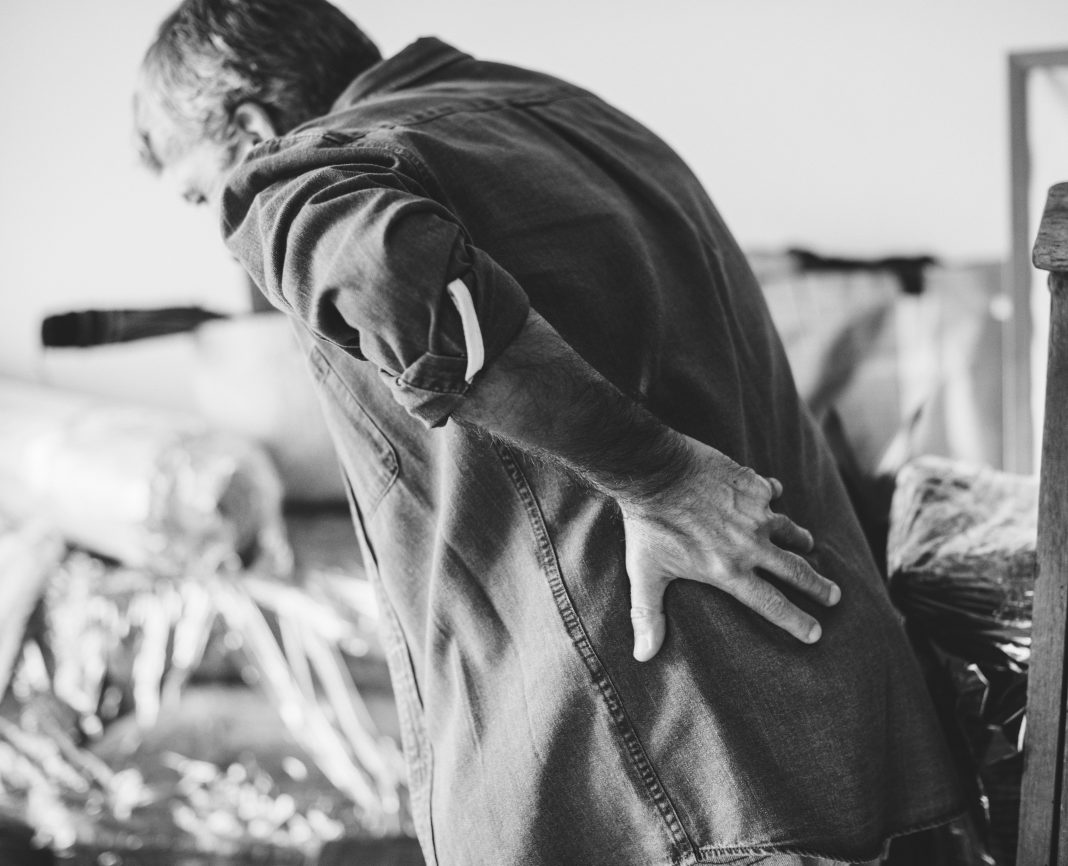






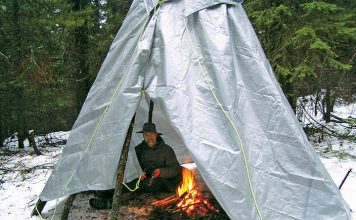
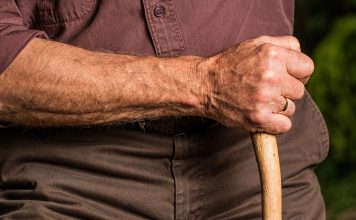

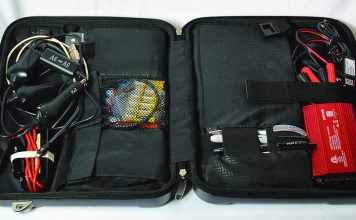
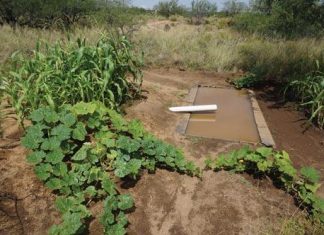
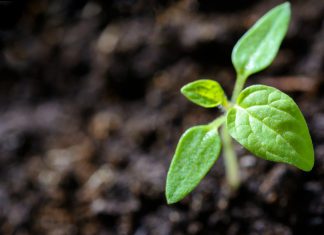
I have herniated disc l5 S1 other wise I am very healthy. I find it painful to do exercises I have been putting ice before I do extensions and I noticed it is getting a little better, I am thinking the ice help as well without ice I am in pain.Did you find it painful in beginning Kathy
Very interesting article, I’m eager to give it a try.